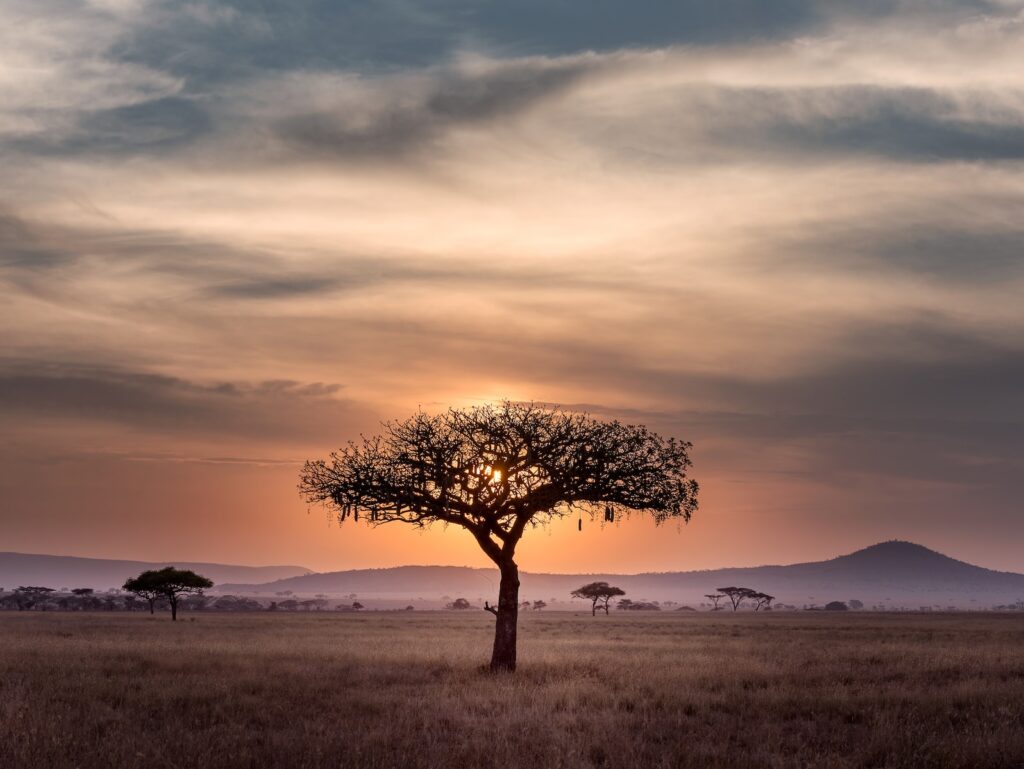How Loss and Damage Financing can help African communities with drought
 Dr. Guyo Malicha Roba, leading food security expert and head of the Jameel Observatory for Food Security Early Action, shares how he thinks loss and damage funding could provide the most benefit to African communities suffering from drought. Coming from the Borana pastoralist community in Northern Kenya, Roba brings personal and technical insights to his work with dryland communities.
Dr. Guyo Malicha Roba, leading food security expert and head of the Jameel Observatory for Food Security Early Action, shares how he thinks loss and damage funding could provide the most benefit to African communities suffering from drought. Coming from the Borana pastoralist community in Northern Kenya, Roba brings personal and technical insights to his work with dryland communities.
About 424 million people living in African drylands are currently exposed to recurrent drought or drought-related shocks. Many of the most vulnerable are unable to adapt to significant loss of crops and livestock, with pastoralists and agro-pastoralists witnessing first-hand the escalating trail of destruction left in the wake of five consecutive failed rainfalls in the Horn of Africa.
The current crisis is not unprecedented: it is a new chapter in a long history of droughts in the Horn of Africa, dating back to 2011 when famine killed a quarter of a million people in Somalia. Yet, just over a decade later, and despite various early warnings and alarms over the past two years, the commitment to drought responses has proven half-hearted.

As these droughts intensify and compound, the multidimensional impacts of loss and damage will have catastrophic consequences on pastoralists’ livelihoods and their resilience to future shocks. With such rising needs, we can no longer afford to wait for emergencies to develop. We must act early and pre-emptively to prevent predictable shocks from turning into crises on the scale we are seeing today.
At COP27, in November 2022, we rightly celebrated the commitments made to create a loss and damage fund for vulnerable countries hit hard by climate disasters. Governments are now developing recommendations on how to operationalise the fund and catalyse technical assistance to developing countries. Given the costs of droughts and the failures of the past, the case has never been stronger for a concerted effort to support African drylands to strengthen their early warning systems and capacity for early response to drought.
Loss and damage financing should inject some impetus in the transition from crisis management to prevention. The use of early response tools, that use diagnostic and predictive approaches to monitor, forecast, plan for the impact of droughts will be critical. They can help communities to better project the probability of droughts occurring and plan for how it might affect their livelihoods. These early actions should be deployed along the entire course of the drought cycle, rather than exclusively at the emergency phase, when it is extremely costly. Action needs to be taken now to mitigate the brutal impacts of climate disaster and prevent suffering in the African drylands, but also sustained push to address long term systemic issues.
Funding must also be deployed to improve the use of data in anticipatory action. Poor data remains an impediment to improving the sensitivity and accuracy of early warning systems, hindering how resources are allocated. Recent droughts in Somalia are a notable example of how this can go wrong. A lack of granular and localised data implies that the issues surrounding the drought were dealt with emotionally, rather than with evidence that help in targeting. We should focus on building trust in data-driven approaches, so that decision-making processes can be confidently used when responding in crisis.
More direct funding to local organizations – including women-led organizations – is needed to close the financing gaps that limit community-level action and improve timely local decision-making. Local communities are always the first to respond when preparing for the impact of drought, floods and extreme weather. This was the case at the start of the drought in Kenya, when local actors and officials in Wajir country, acting on warning signs and forecast information, were able to take early action far earlier than most and increase their water and fodder storage to build resilience.
Flexible, predictable, and multi-year funding is critical for long-term drought mitigation strategies. To truly make the impact required from anticipatory action, financing must also focus on resolving the gap between drought design and the organization’s ability to receive and use funds. Long-standing commitments to support local and national response capacity are ultimately a cost saving investment: on average, every $1 spent on early action saves more than $2 in a future costlier emergency humanitarian costs.
The announcement of the loss and damage fund was a step in the right direction, however there is still considerable work to be undertaken in the structuring and allocation of loss and damage funds to ensure it reaches the places that need it most but might have less influence on the decision table. With thoughtful and action-oriented planning, governments have a unique opportunity to transform how African drylands are supported through drought cycles.
Photos by Matt Palmer and Hu Chen
















